How Nurses Can Improve Patient Communication
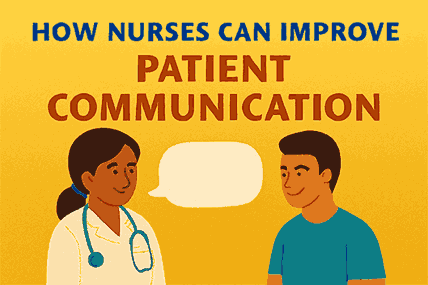
Introduction
Nursing is not only about giving medicine, checking vital signs, or assisting doctors. At its heart, nursing is about building trust and providing care that makes patients feel safe. One of the most powerful tools nurses have is effective communication. The way a nurse talks, listens, and responds to patients can make a huge difference in their healing journey. Good communication reduces anxiety, prevents misunderstandings, and improves patient satisfaction. On the other hand, poor communication can create fear, confusion, and even medical errors.
This article explores how nurses can improve patient communication, why it is so important, and what strategies can be applied in daily practice.
The Importance of Communication in Nursing
Patients come to hospitals and clinics at some of the most vulnerable times of their lives. Many are scared, uncertain, or in pain. At such moments, they need more than medical treatment. They need compassion and clear explanations. When nurses communicate effectively, they create a bridge between the patient and the healthcare system.
Communication also plays a vital role in ensuring accuracy in treatment. A patient who does not understand instructions may skip medication or follow the wrong routine. In contrast, when instructions are explained clearly, patients are more likely to follow them correctly. Thus, communication is not just about being kind—it is about patient safety and better health outcomes.
Active Listening as the Foundation
One of the most important skills for nurses is active listening. Active listening means giving full attention to the patient, not just hearing their words. It involves observing body language, maintaining eye contact, and showing empathy through verbal and non-verbal cues.
For example, if a patient says, “I don’t feel well,” a nurse who listens actively will ask gentle follow-up questions like, “Can you explain what feels different today?” or “Is the pain stronger than yesterday?” This allows patients to share details that may be crucial for treatment.
Active listening also helps patients feel valued. Many patients fear that busy staff do not have time for them. When a nurse listens carefully, it shows respect and builds trust.
Using Simple and Clear Language
Medical language can be very confusing for patients. Terms like “hypertension,” “myocardial infarction,” or “gastrointestinal upset” may mean little to someone without medical training. Nurses can improve communication by using simple words. For example, instead of “hypertension,” a nurse might say “high blood pressure.”
Clear language also reduces the chance of mistakes. Patients who fully understand their condition and treatment plan are more likely to follow instructions correctly. Nurses should also avoid speaking too fast and should pause to check if the patient has understood. Asking, “Can you explain to me how you will take this medicine at home?” is a helpful way to confirm understanding.
Showing Empathy and Compassion
Words carry meaning, but tone and attitude carry even more. Patients often remember how a nurse made them feel more than the exact words that were used. By showing empathy, nurses can reassure patients that they are not alone in their struggle.
Empathy can be expressed through small actions: sitting at the patient’s eye level, holding a hand, or saying, “I understand this must be hard for you.” These gestures may seem small, but they make a big emotional difference. Compassion builds trust, and trust strengthens healing.
Non-Verbal Communication Matters
Communication is not only about words. Facial expressions, gestures, and body posture also send messages. A warm smile, a nod, or relaxed body language can make a patient feel welcomed and safe. In contrast, crossed arms, avoiding eye contact, or appearing rushed may make patients feel ignored.
Nurses should be aware of their non-verbal signals and ensure they match their words. For example, saying, “I have time for your questions,” while looking at a watch, sends a mixed message. Consistency between words and actions creates confidence in patients.
The Role of Cultural Sensitivity
Hospitals serve people from different cultural, religious, and social backgrounds. What feels normal to one patient may feel uncomfortable to another. Nurses must practice cultural sensitivity by respecting traditions, beliefs, and communication styles.
For instance, in some cultures, patients prefer that family members are involved in decision-making. Others may feel uncomfortable with physical touch. By asking respectful questions like, “Is there anything about your culture or beliefs I should keep in mind while caring for you?” nurses can create a more inclusive environment.
Encouraging Patient Participation
Good communication is not one-sided. Patients should be encouraged to take an active role in their care. Nurses can do this by asking open-ended questions such as, “What concerns do you have about this treatment?” or “What goals do you want to achieve with this therapy?”
When patients feel included, they are more motivated to follow their treatment plan. This reduces the risk of non-compliance and improves long-term health results. In addition, involving patients in decision-making creates a sense of dignity and respect.
Overcoming Barriers to Communication
Despite their best intentions, nurses may face challenges that make communication difficult. Some patients may have hearing or vision problems, while others may speak a different language. Stress, noise, and time pressure can also affect communication.
To overcome these barriers, nurses can use tools such as interpreters, written materials, or visual aids. For patients with hearing loss, speaking slowly and facing the patient while talking can help. In busy environments, finding a quiet space for important conversations ensures patients feel heard.
The Role of Technology
Modern healthcare offers many tools to improve communication. Electronic health records allow nurses to share accurate information with the entire medical team. Patient education videos and mobile health apps can also support clear explanations.
However, technology should never replace human connection. A caring conversation, supported by digital tools, creates the best results. Nurses should use technology as an aid, not as a barrier between themselves and patients.
Continuous Learning and Training
Communication is a skill that can always be improved. Hospitals and clinics should provide nurses with training in communication techniques, cultural awareness, and empathy. Role-playing exercises, workshops, and mentorship programs are effective ways to strengthen these skills.
Nurses themselves can practice self-reflection by asking, “Did my patient truly understand me today?” or “Did I show enough patience and respect?” Such questions encourage growth and better patient relationships.
Conclusion
Nursing is more than a job; it is a calling to care for people at their most vulnerable times. Effective communication is at the heart of this calling. By listening actively, using simple language, showing empathy, and respecting cultural differences, nurses can build trust and reduce patient anxiety.
Improved communication not only enhances patient satisfaction but also ensures safety and better health outcomes. Although challenges exist, with awareness, training, and compassion, nurses can overcome them. As healthcare continues to advance, the human touch of clear and caring communication will remain essential.
By mastering communication, nurses do more than share information—they provide healing, comfort, and hope.
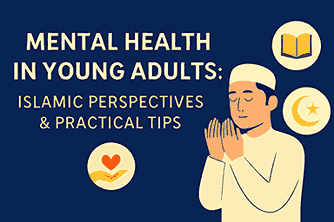
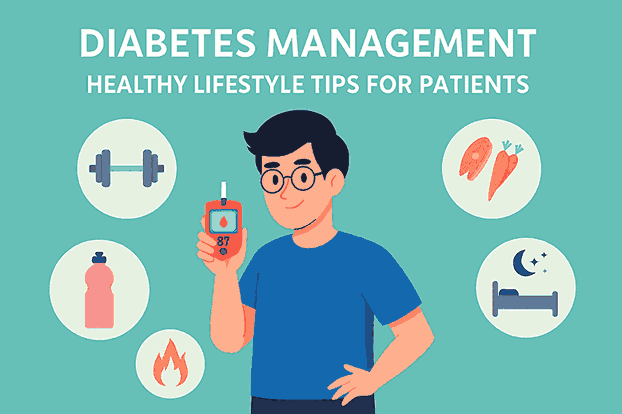
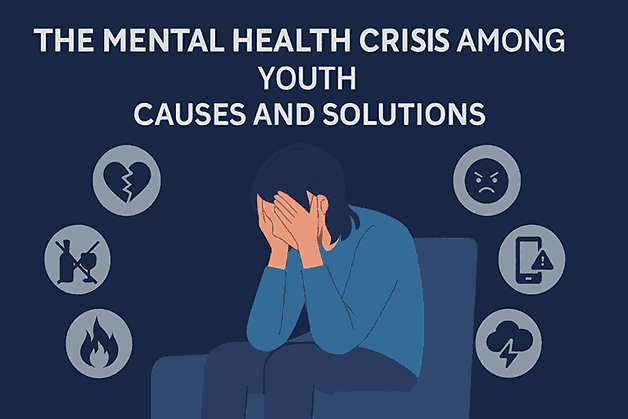
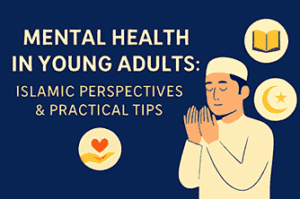
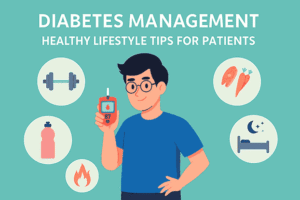
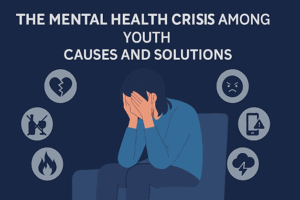
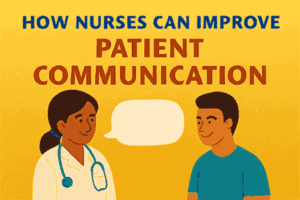
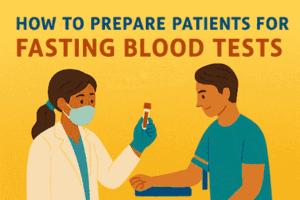
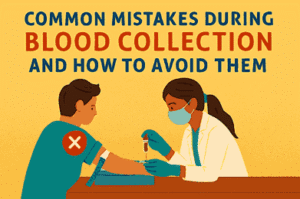

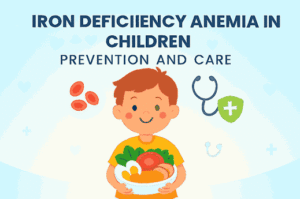
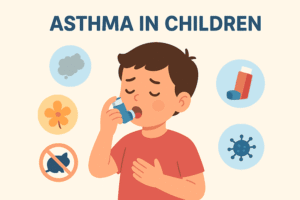

Post Comment